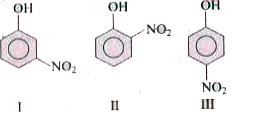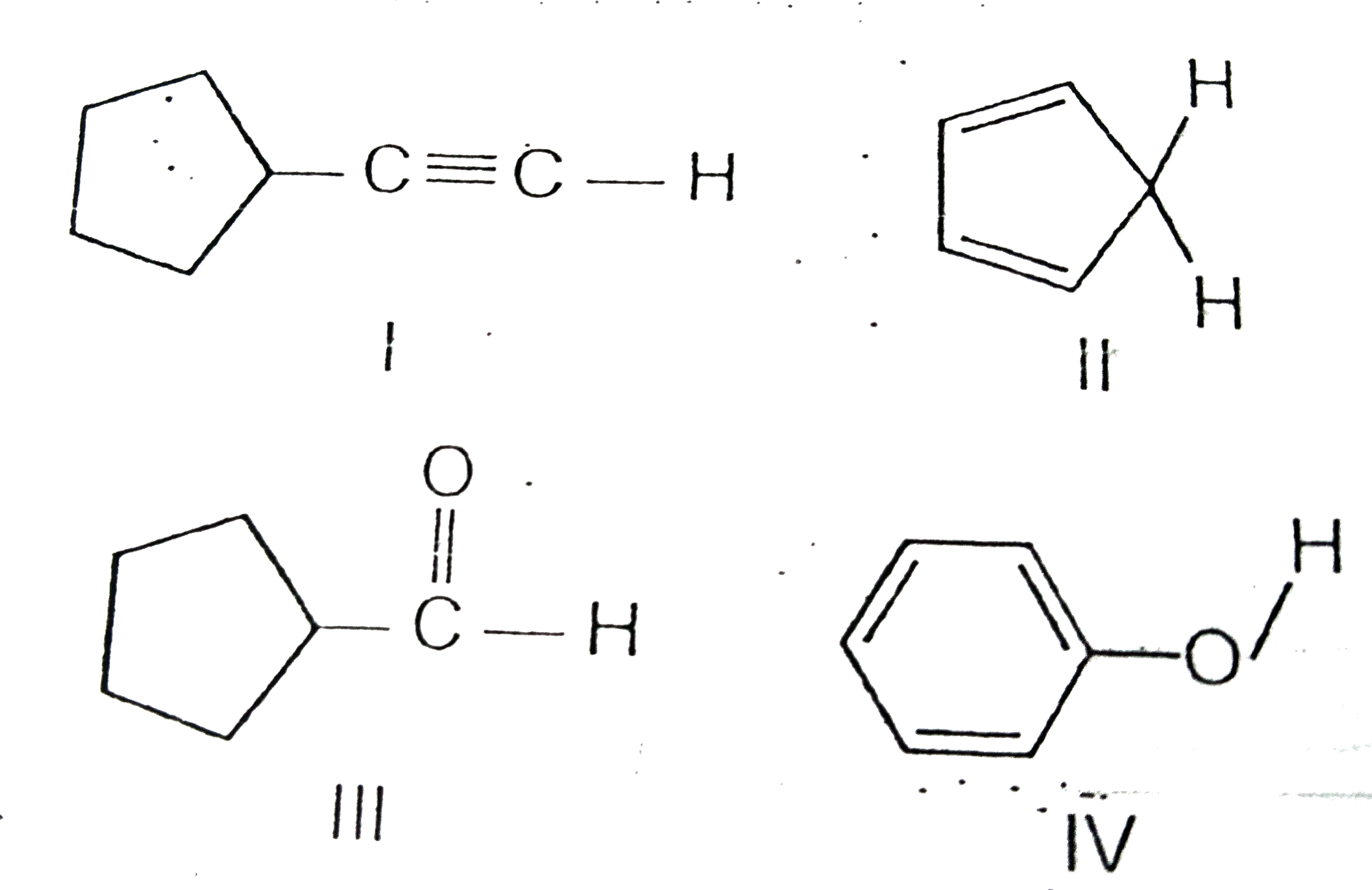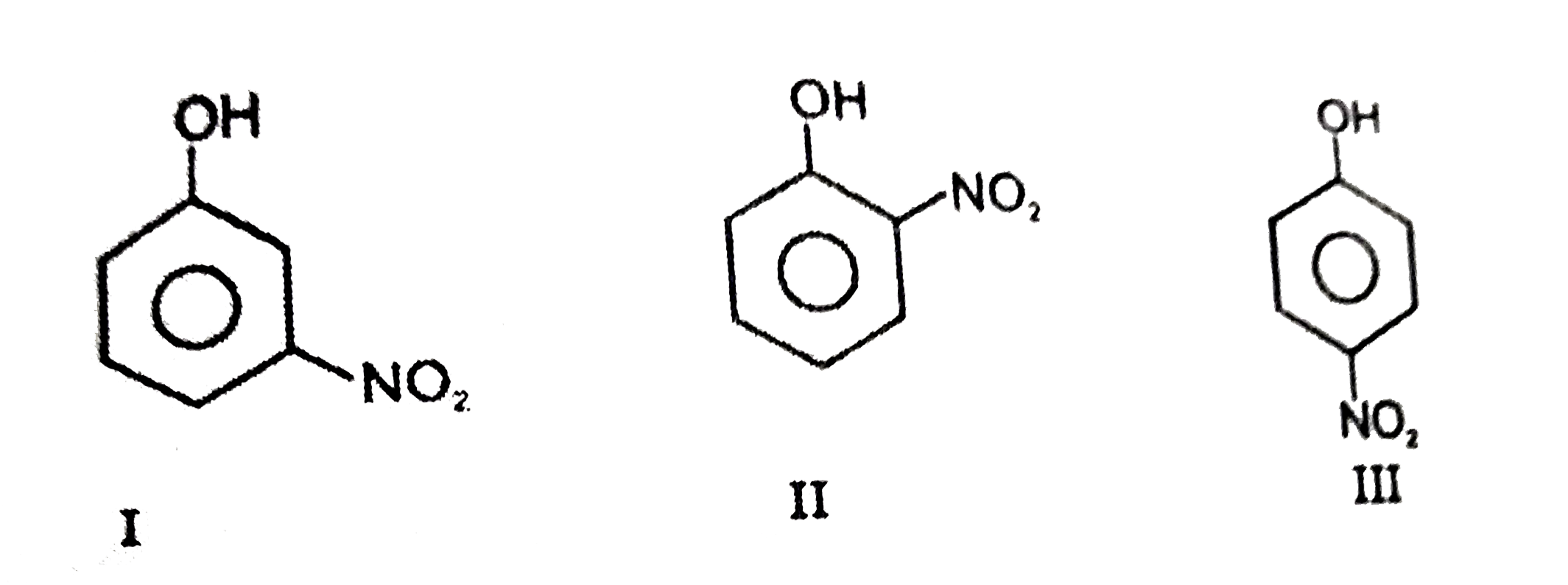Arrange water, ethanol and phenol in increasing order of acidity and give reason for your answer.
To arrange water, ethanol, and phenol in increasing order of acidity, we need to analyze the stability of their conjugate bases after the removal of a proton (H⁺). Here’s a step-by-step solution:
Step 1: Understand Acidity
Acidity is defined by how easily a compound can donate a proton (H⁺). The more stable the conjugate base formed after the proton is removed, the stronger the acid.
Step 2: Draw Structures
- Water (H₂O): The structure is H-O-H.
- Ethanol (C₂H₅OH): The structure is CH₃-CH₂-OH.
- Phenol (C₆H₅OH): The structure is a benzene ring (C₆H₆) with a hydroxyl group (-OH) attached.
Step 3: Determine Conjugate Bases
- Conjugate base of Water: When H⁺ is removed from water, we get hydroxide ion (OH⁻).
- Conjugate base of Ethanol: When H⁺ is removed from ethanol, we get ethoxide ion (C₂H₅O⁻).
- Conjugate base of Phenol: When H⁺ is removed from phenol, we get phenoxide ion (C₆H₅O⁻).
Step 4: Analyze Stability of Conjugate Bases
- Hydroxide Ion (OH⁻): This ion is stable but does not have resonance stabilization.
- Ethoxide Ion (C₂H₅O⁻): This ion has a negative charge on oxygen, but the ethyl group (C₂H₅) donates electron density, which destabilizes the negative charge.
- Phenoxide Ion (C₆H₅O⁻): This ion is stabilized by resonance. The negative charge on oxygen can delocalize into the benzene ring, making it more stable.
Step 5: Compare Acidity
- Phenol: Most acidic due to resonance stabilization of the phenoxide ion.
- Water: More acidic than ethanol because the hydroxide ion (OH⁻) is more stable than the ethoxide ion (C₂H₅O⁻) due to lack of destabilizing effects.
- Ethanol: Least acidic because the ethoxide ion is destabilized by the electron-donating effect of the ethyl group.
Final Order of Acidity
The increasing order of acidity is:
Ethanol < Water < Phenol
Acidity is defined by how easily a compound can donate a proton (H⁺). The more stable the conjugate base formed after the proton is removed, the stronger the acid.
- Water (H₂O): The structure is H-O-H.
- Ethanol (C₂H₅OH): The structure is CH₃-CH₂-OH.
- Phenol (C₆H₅OH): The structure is a benzene ring (C₆H₆) with a hydroxyl group (-OH) attached.
- Conjugate base of Water: When H⁺ is removed from water, we get hydroxide ion (OH⁻).
- Conjugate base of Ethanol: When H⁺ is removed from ethanol, we get ethoxide ion (C₂H₅O⁻).
- Conjugate base of Phenol: When H⁺ is removed from phenol, we get phenoxide ion (C₆H₅O⁻).
- Hydroxide Ion (OH⁻): This ion is stable but does not have resonance stabilization.
- Ethoxide Ion (C₂H₅O⁻): This ion has a negative charge on oxygen, but the ethyl group (C₂H₅) donates electron density, which destabilizes the negative charge.
- Phenoxide Ion (C₆H₅O⁻): This ion is stabilized by resonance. The negative charge on oxygen can delocalize into the benzene ring, making it more stable.
- Phenol: Most acidic due to resonance stabilization of the phenoxide ion.
- Water: More acidic than ethanol because the hydroxide ion (OH⁻) is more stable than the ethoxide ion (C₂H₅O⁻) due to lack of destabilizing effects.
- Ethanol: Least acidic because the ethoxide ion is destabilized by the electron-donating effect of the ethyl group.
The increasing order of acidity is:
Ethanol < Water < Phenol
Topper's Solved these Questions
Similar Questions
Knowledge Check
- Question 1 - Select One
Arrange the following compounds in increasing order of acidity :
 AP>Q>R>SBS>Q>R>PCS>R>P>QDR>S>P>Q
AP>Q>R>SBS>Q>R>PCS>R>P>QDR>S>P>Q - Question 2 - Select One

Arrange the above phenols in increasing order of Ka value.AI<II<IIIBIII<I<IICIII<II<IDI<III<II
Arrange the following in the increasing order of their acidity.
 View Solution
View SolutionArrange the haloacids in the increasing order of acid strength.
View SolutionArrange the hydrogen halides in increasing order of acid strengths.
View SolutionArrange the following on the increasing order of acidic hydrogen.
 View Solution
View SolutionArrange the given species in the increasing order of acidic strength
 View Solution
View SolutionArrange the hydrogens in increasing order of their acidic strengths.
 View Solution
View Solution

